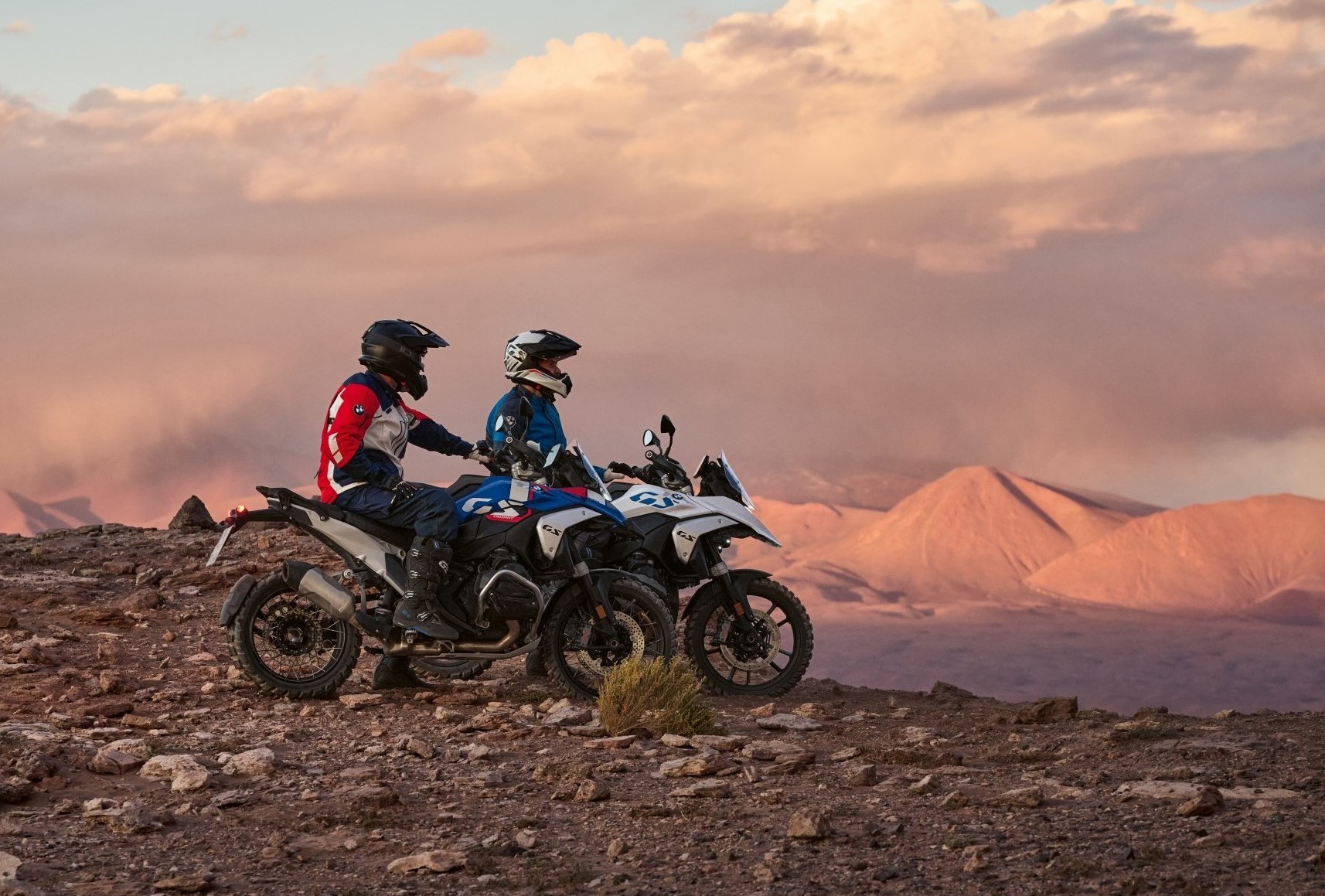BMW’s new R 1300 GS is ready to ride, and there’s no mistaking it with anything else. It may have a few nuts and bolts in common with their previous flagship, the R 1250 GS, but that and the propeller badge would be it. Sleek new looks put it in a class by itself.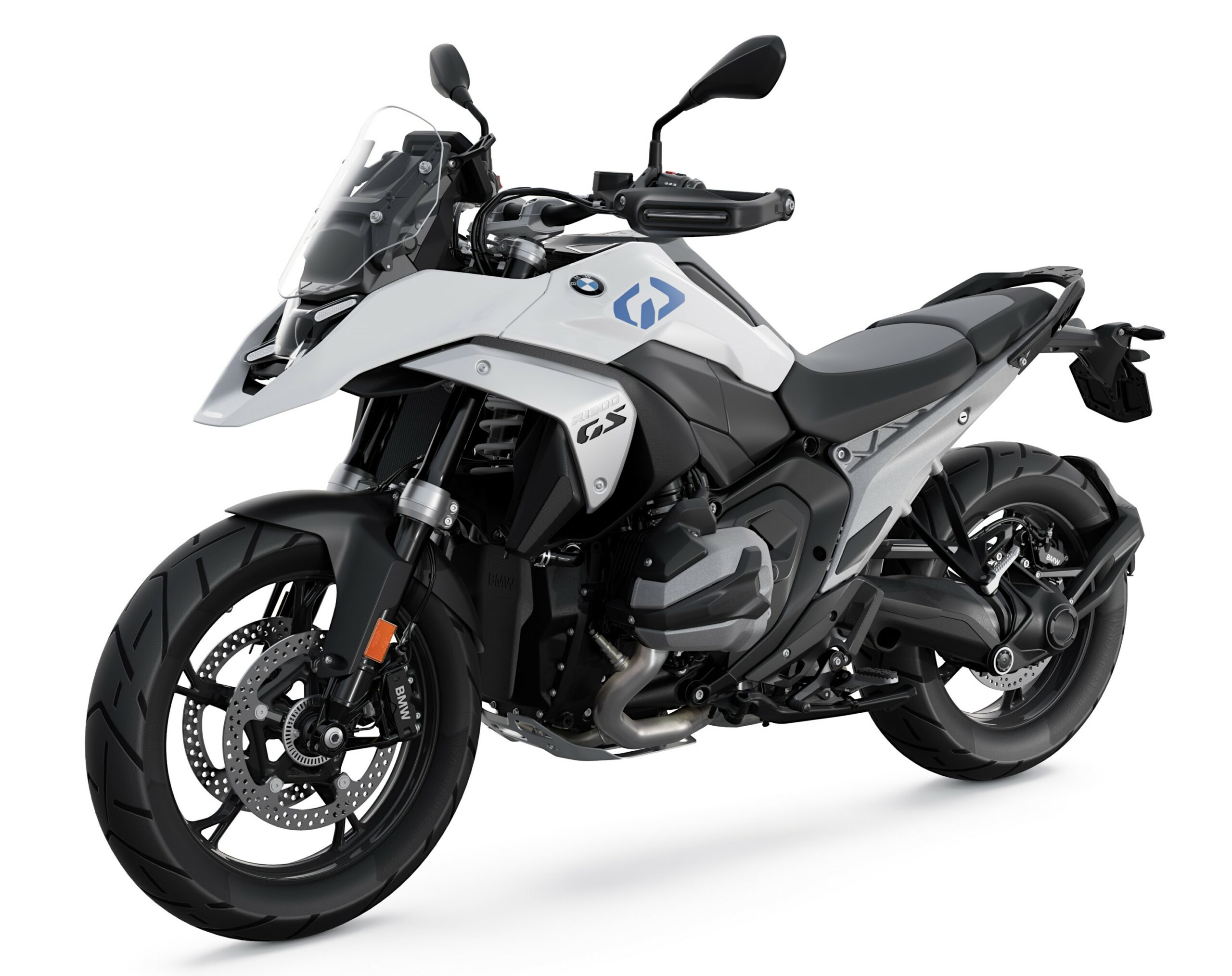
Christof Lischka, Head of Development BMW Motorrad, sums up the biggest change: “With a noticeable increase in power and torque combined with significantly reduced weight and a very compact design, the newly designed boxer engine is the perfect drivetrain for the new R 1300 GS and a genuine milestone in the 100-year history of BMW Motorrad.”
A Bigger Boxer
That horsepower increase comes with a new 1300cc boxer motor featuring a larger bore and shorter stroke. It generates a claimed 145 horsepower and 110 pound-feet of torque at 7750 RPM, besting the 1250 powerplant by 9 horsepower and 5 pound-feet. BMW credits larger valves and improved valve timing for the torque and power gains. That extra grunt spans more of the midrange as well, mitigating the weight of luggage and a passenger.
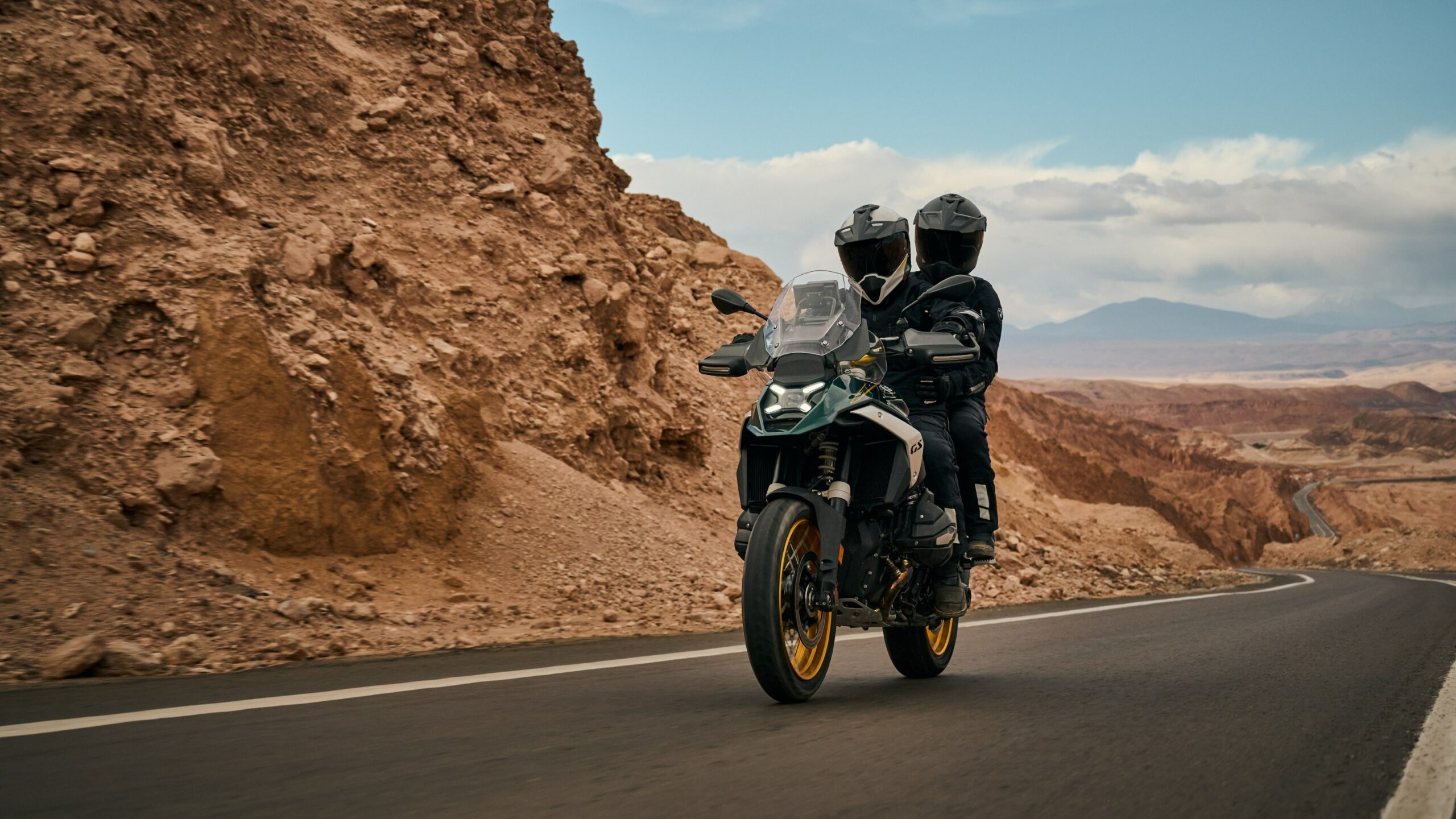
Just when you think it’s time for a fully liquid-cooled GS, the 1300 shows up with coolant flowing to critical heat generating areas but air still cooling less thermally critical zones. BMW bumped the compression ratio to 13.3:1 from 12.5:1 and fitted much larger valves to let the big boxer breathe. A 26-pound overall weight reduction from last year’s model will make those ponies seem even stronger. It now weighs a svelte (for a 1300cc adventure bike) 523 pounds.
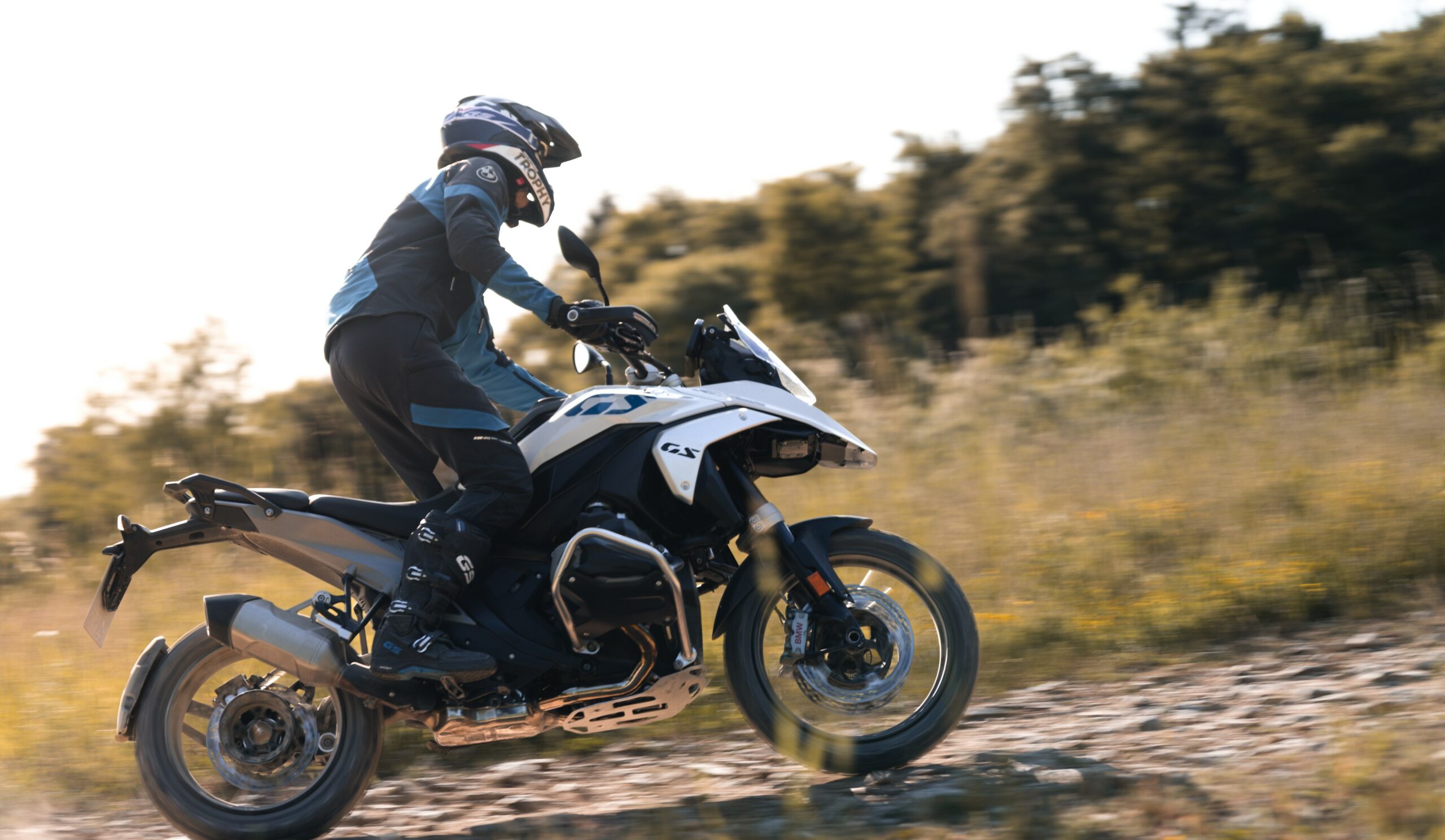
BMW’s ShiftCam valve timing system returns to aid emissions control, smoothness, and fuel consumption. Per BMW, the R 1300 GS attains the same fuel mileage as the R 1250 GS.
Holding It Together
Adios tubular steel, hello sheet metal. BMW chucked the R 1250’s frame and designed a whole new one to cradle their new powerplant. A sheet metal shell main frame supports most of the weight with a lightweight die-cast aluminum subframe at the rear. Both ends of the suspension, front Telelever and rear Paralever, have also been re-designed to increase stability and improve handling.
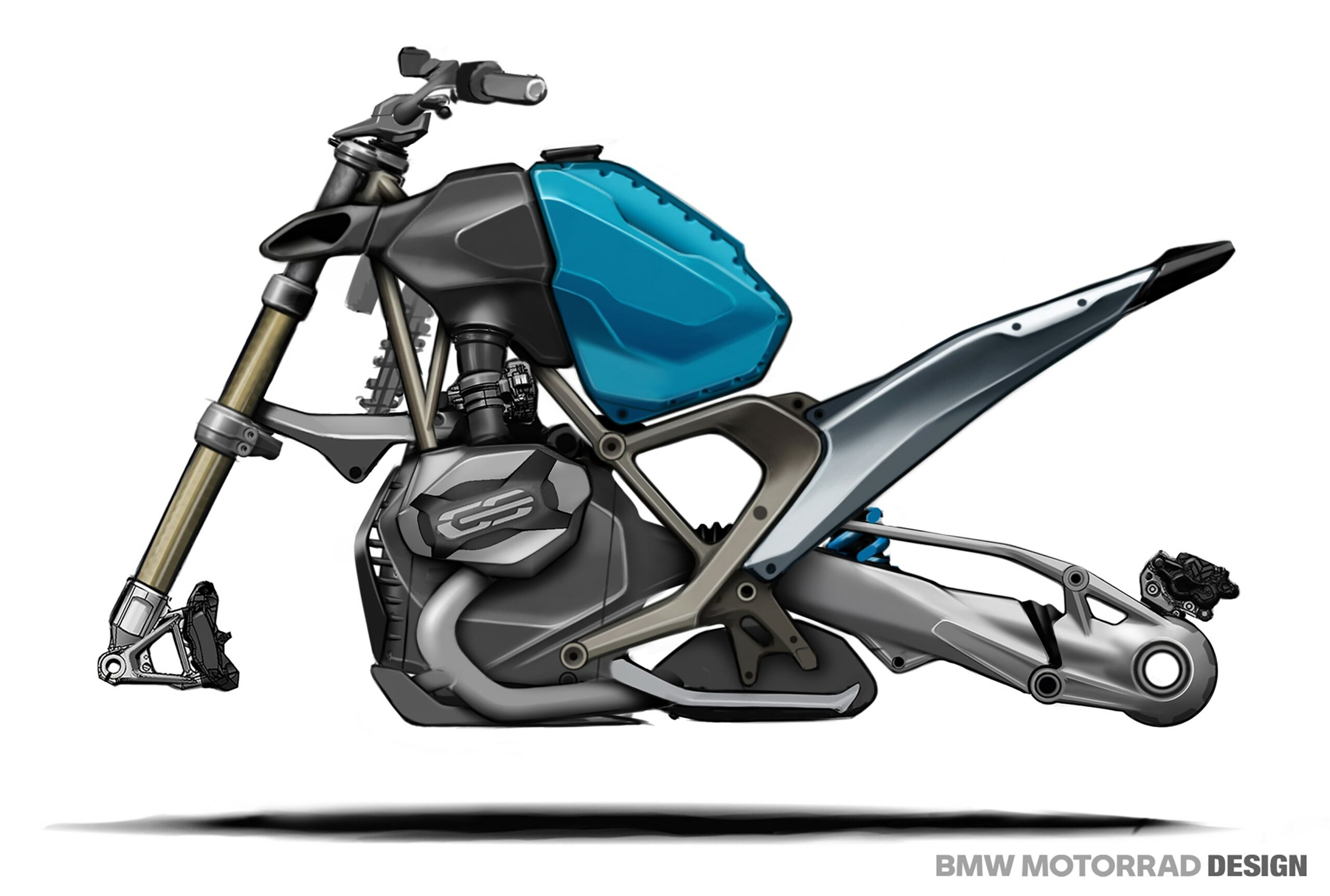
Putting R 1300 GS Power to Pavement
BMW placed the clutch and gearbox beneath the engine in the 1300, creating a smaller package, improving weight balance, and saving 8.6 pounds in the process. A wet, multiplate anti-hop clutch and six-speed gearbox get things moving. There’s a new driveshaft with larger universal joints putting the power down to the rear end, where the wheel spins on a new axle designed for easier wheel removal.
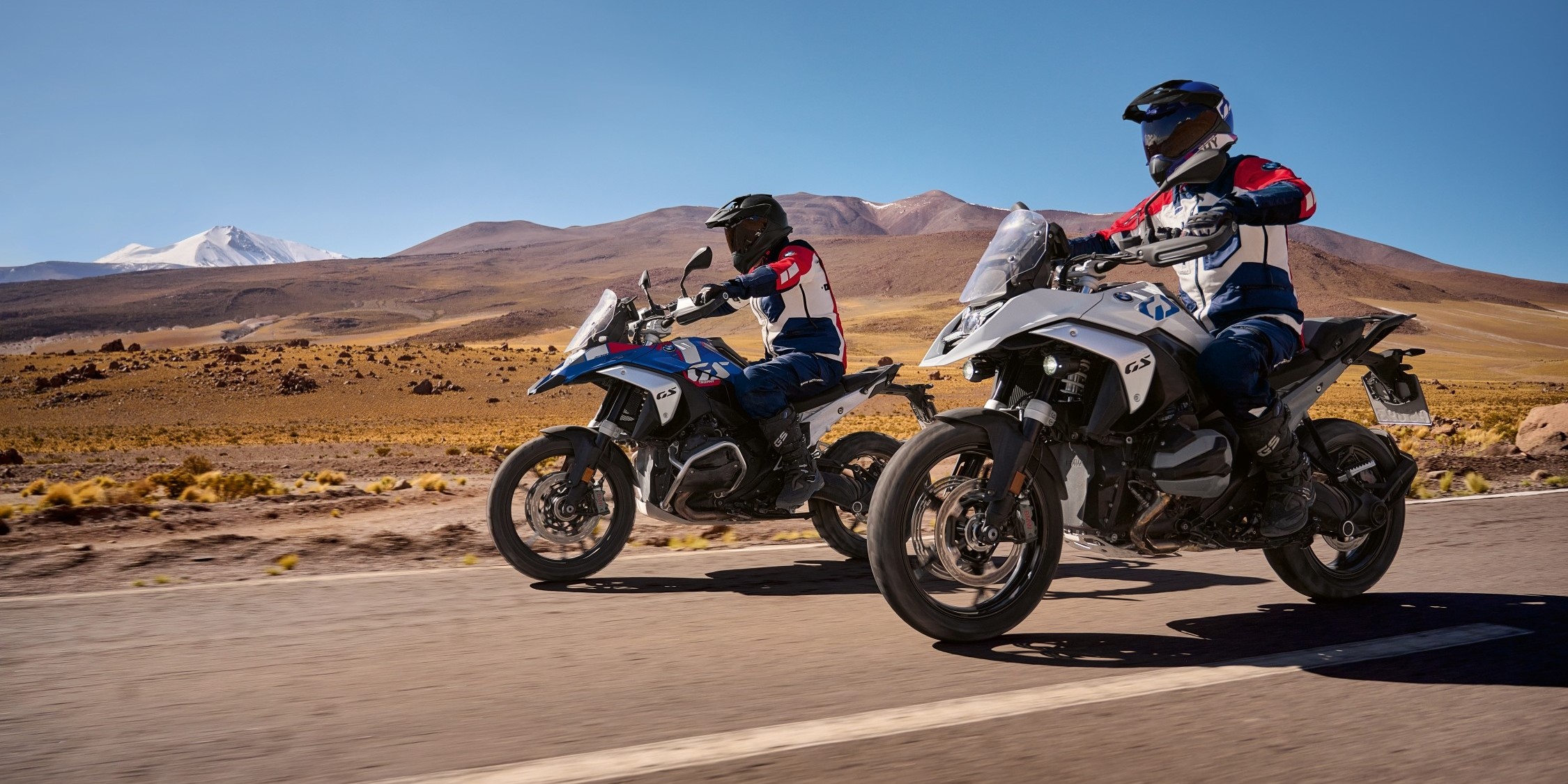
Whoa!
The brakes on the R 1300 GS are what one might expect—twin discs and four-piston calipers up front and a single disc/two-piston caliper on the rear. Of course, there’s ABS as well, in this case Full Integral ABS Pro. BMW’s system activates the rear brake as well as the front when the hand lever is pulled, and the same thing happens with the rear brake. BMW claims it is optimized for all-surface riding. This isn’t set in stone, however, as it can be modified in the four standard riding modes to the point of being able to lock the rear brake with the foot lever.

There’s also a backup system, Dynamic Brake Control that reduces drive torque when the brakes are applied. Said to prevent “unintentional throttle application,” DBC assures the rear wheel gets full measure of the braking power.
Tailor the GS Ride
Riding modes are de rigueur for ADV bikes anymore and the R 1300 GS has its share. Four, to be exact—Road, Rain, Eco, and Enduro. The optional Riding Modes Pro adds Dynamic, Dynamic Pro, and Enduro Pro to the choices, the last two allowing user customization. Eco mode attempts to squeeze every possible mile from a tank of high-test, using the bike’s brain to control throttle and torque. Unfortunately, a rider has to switch modes to get full power back for passing, hills, or emergency situations.
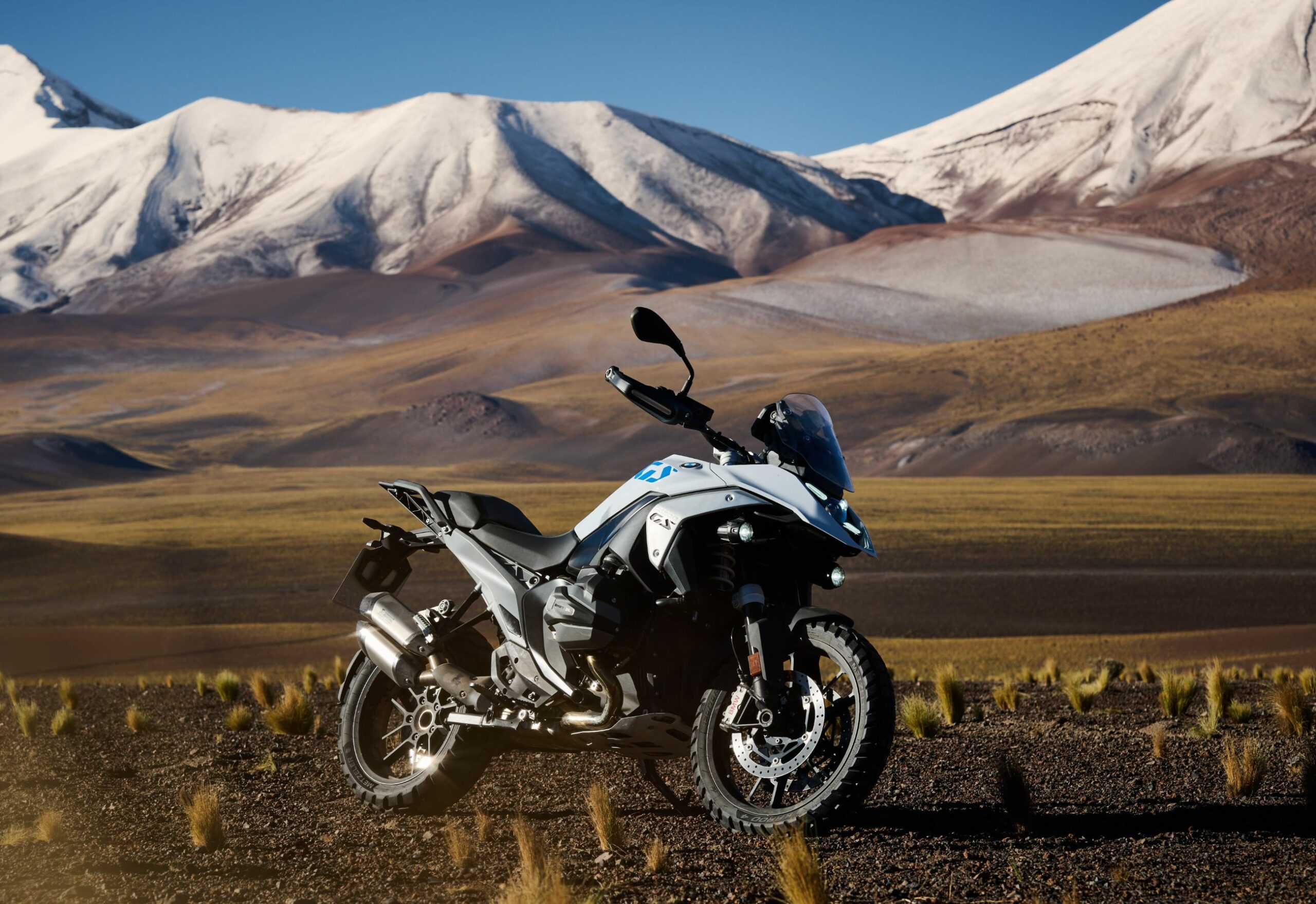
Standard rider aids include traction control, engine drag torque control, dynamic brake assist and hill start control. Electronic suspension adjustment will tweak the damping and other parameters as you ride. A final option in this category is vehicle height control, which has two components. First, it lowers the bike 1.2 inches from its 33.5-inch standard height when stopping or riding slowly. Second, it automatically adjusts vehicle height based on how and where the bike is being ridden.
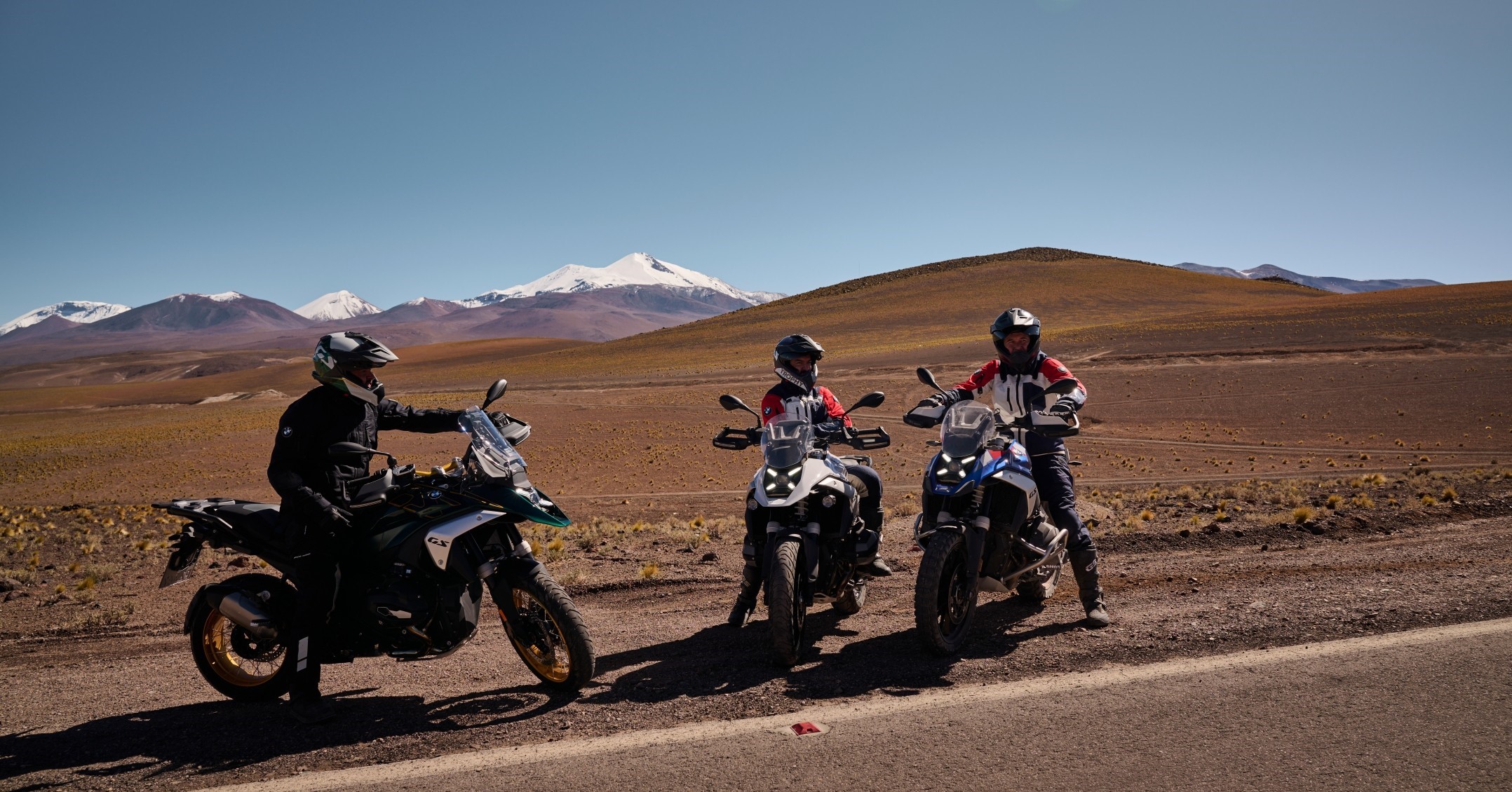
The Big Picture
The R 1300 GS wouldn’t be a premium machine without a high-zoot display. In this case it’s a 6.5-inch TFT screen that provides scads of data. It’s second job is enabling connectivity to phone, music, and fellow travelers. A second Sport screen shows the nitty-gritty of riding parameters like banking angle, traction, and braking.

Safety Suite
The goodies just keep coming on the 1300. This batch is all about safety and will make riders think they’re in a modern automobile. BMW calls it Riding Assistant. First up is adaptive cruise control. Just like a car, this on lets you set a cruising speed and distance from the vehicle ahead. Perhaps unlike a car, it “frees the mind for carefree riding fun.” Getting too close to a vehicle, activates the front collision system, which will apply the brakes. There is also a warning monitor to prevent unsafe lane changes.
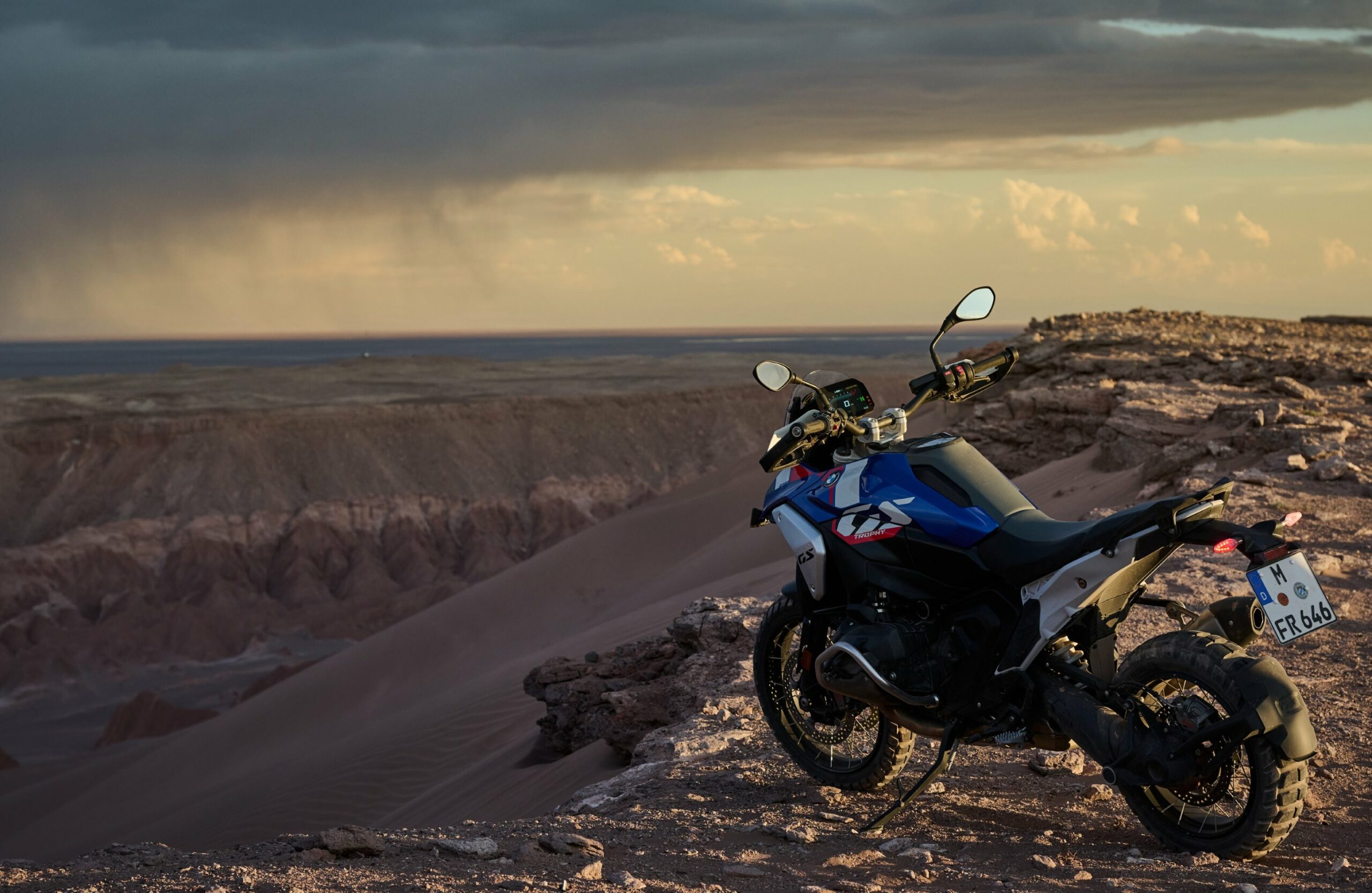
The new, bright, four element LED headlight can also be considered safety feature. X marks the GS, and likely some other BMW models to follow. The Headlight Pro option adds an Adaptive turning function to the headlight.
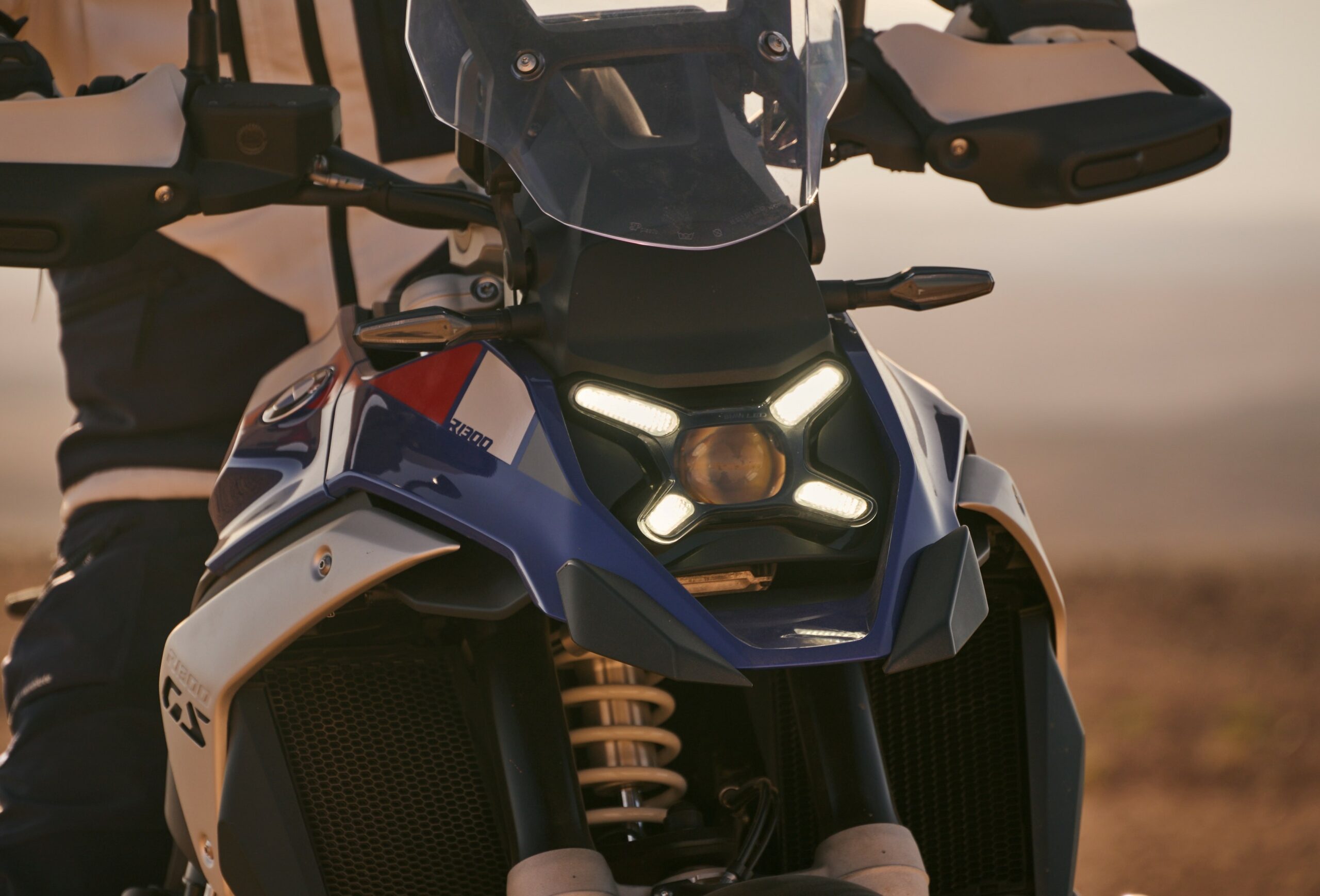
R 1300 GS Variants
BMW offers four variations of the R 1300 GS, each a different color and configuration. Make any of them your own by selecting from a huge list of options. See them in action here and here.
The base model GS is white with a shorter “Sport” windscreen, wide handlebars, and a slim pillion. Pricing starts at $18,895.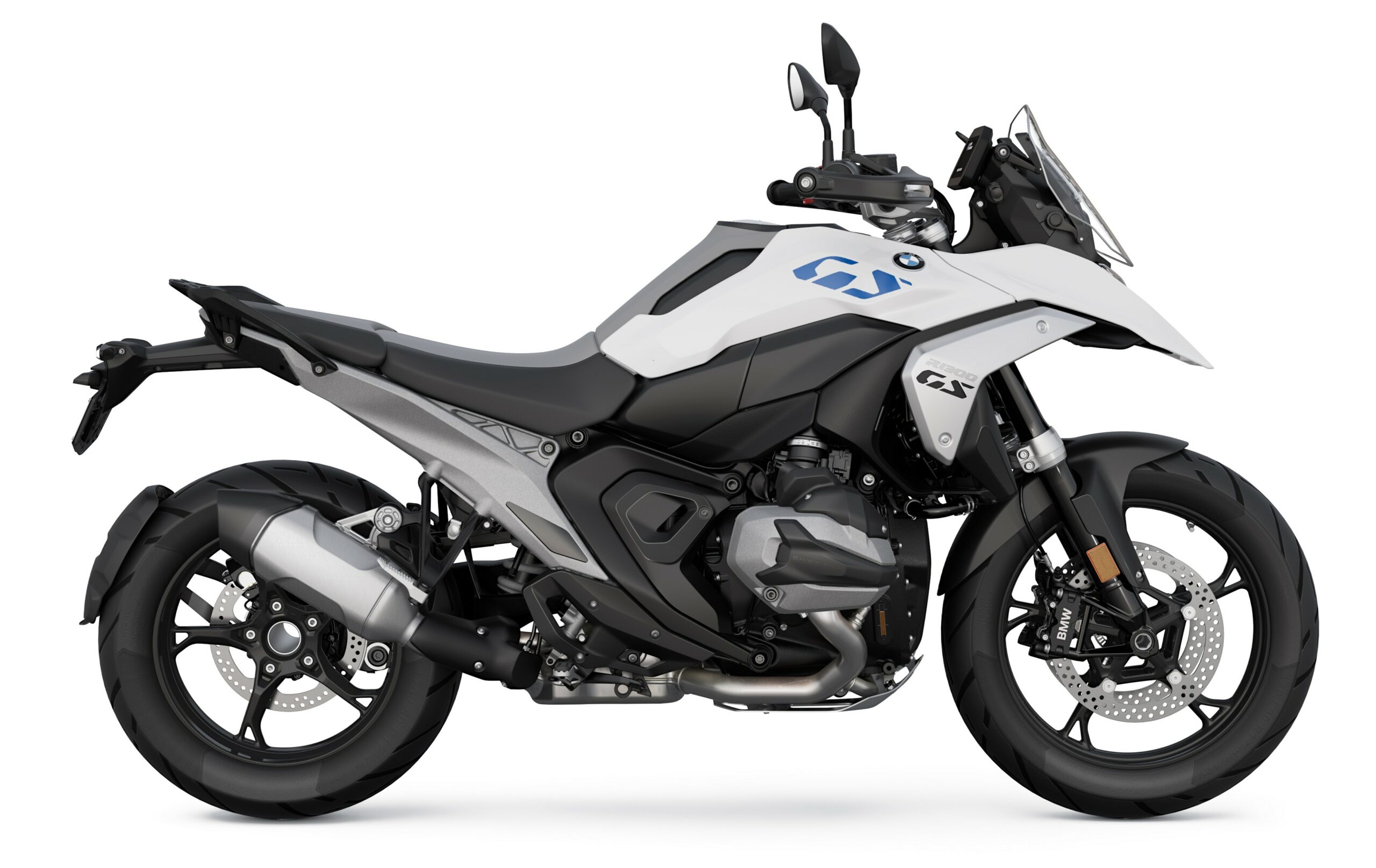
Next comes the Triple Black model with comfort seats, center stand and electronic windscreen adjustment. This brings the price to $19,870 before upgrades.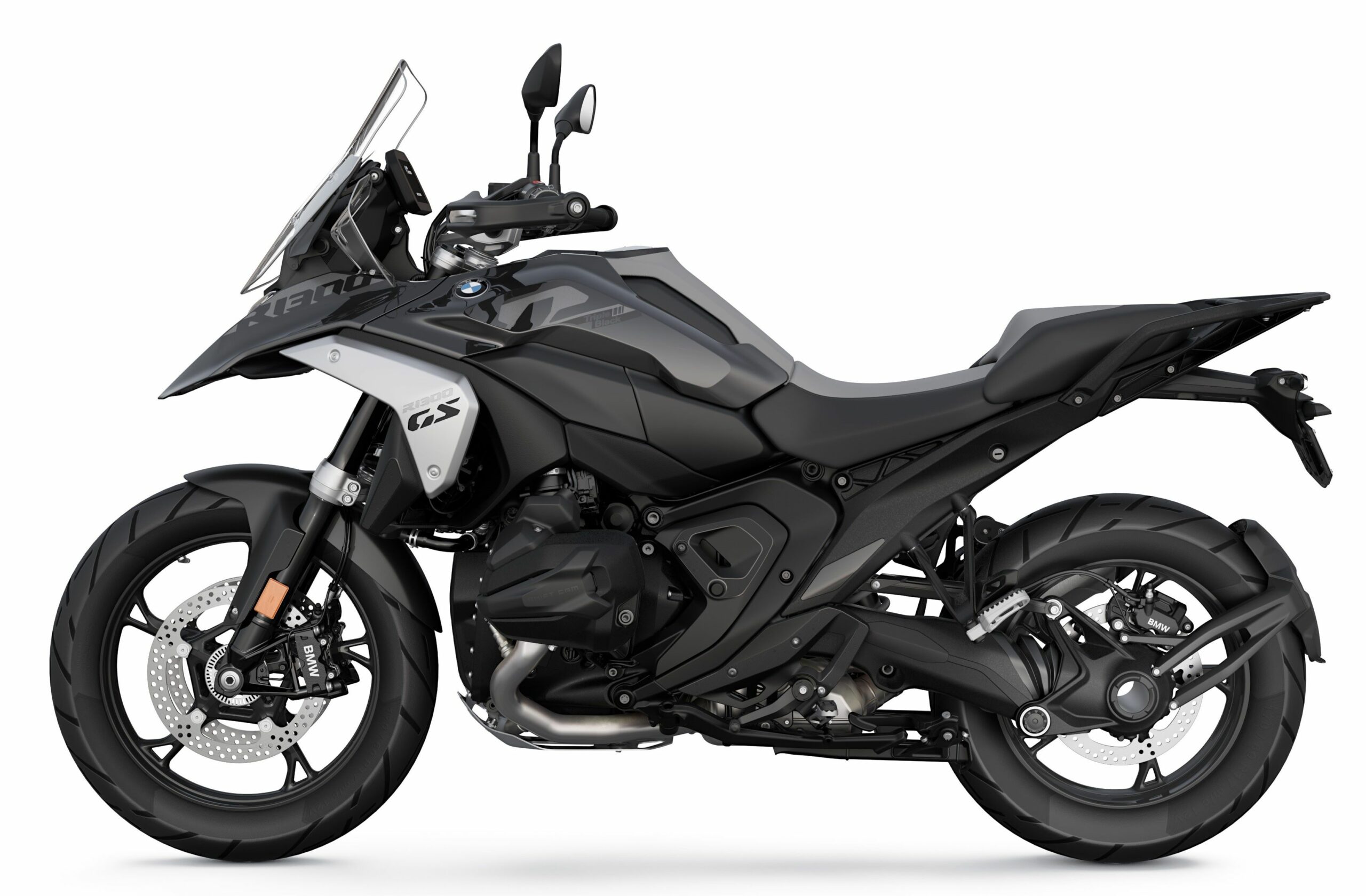
The GS Trophy is the third model, also starting at $19,870. It sports cross-spoke wheels where the first two have cast alloy rims, and radiator guards. A rally seat raises the seat height to 34.2 inches while metallic blue and white paint sets it apart from the crowd.
 Number four in the lineup is the Option 719 Tramauntana, featured in Aurelius Green Metallic. Its cross-spoked rims are gold colored to match the gold anodized handlebar. A luggage carrier with grab handle is standard. Pricing begins at $22,090 for Option 719. As of this writing there’s still time to visit BMW Motorrad Days Americas and possibly take a seat on one of these new machines.
Number four in the lineup is the Option 719 Tramauntana, featured in Aurelius Green Metallic. Its cross-spoked rims are gold colored to match the gold anodized handlebar. A luggage carrier with grab handle is standard. Pricing begins at $22,090 for Option 719. As of this writing there’s still time to visit BMW Motorrad Days Americas and possibly take a seat on one of these new machines.
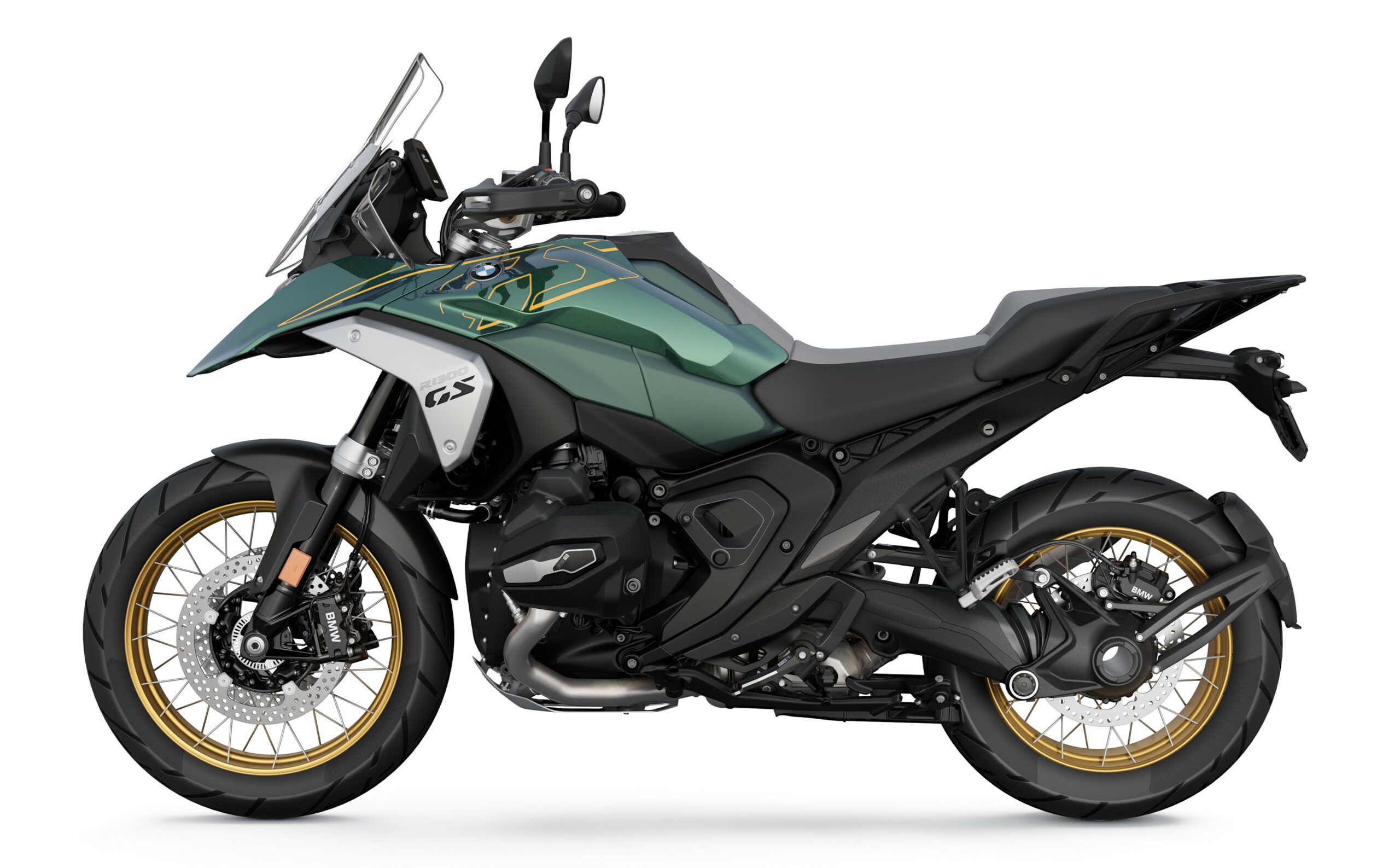
R 1300 GS: A New Beginning
2024 marks a new century for BMW Motorrad. Having just celebrated their 100th year of building boxer powered motorcycles, they’ve revamped nearly every aspect of the storied GS. What a way to kick things into gear for century #2.
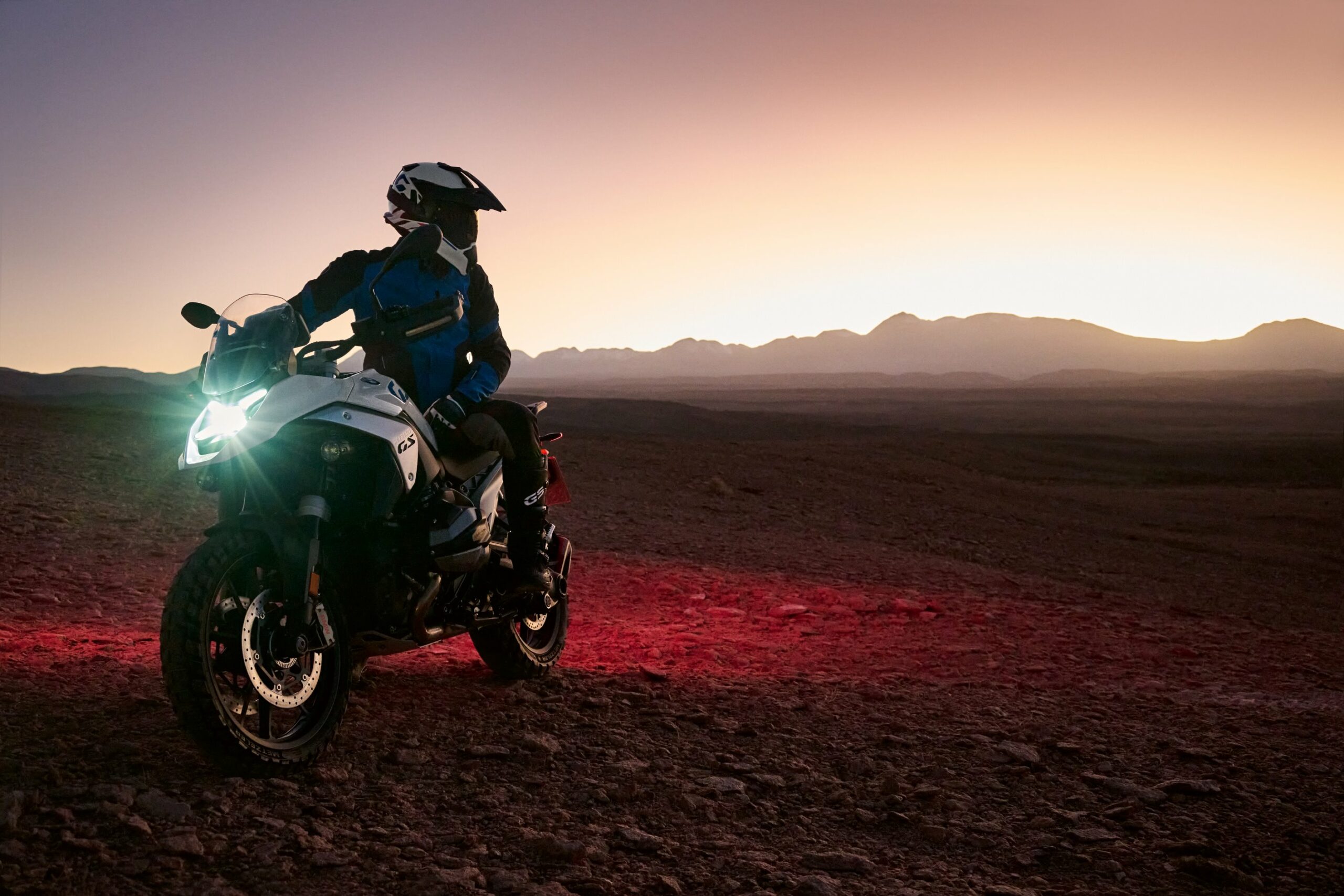
Our No Compromise Clause: We do not accept advertorial content or allow advertising to influence our coverage, and our contributors are guaranteed editorial independence. Overland International may earn a small commission from affiliate links included in this article. We appreciate your support.


